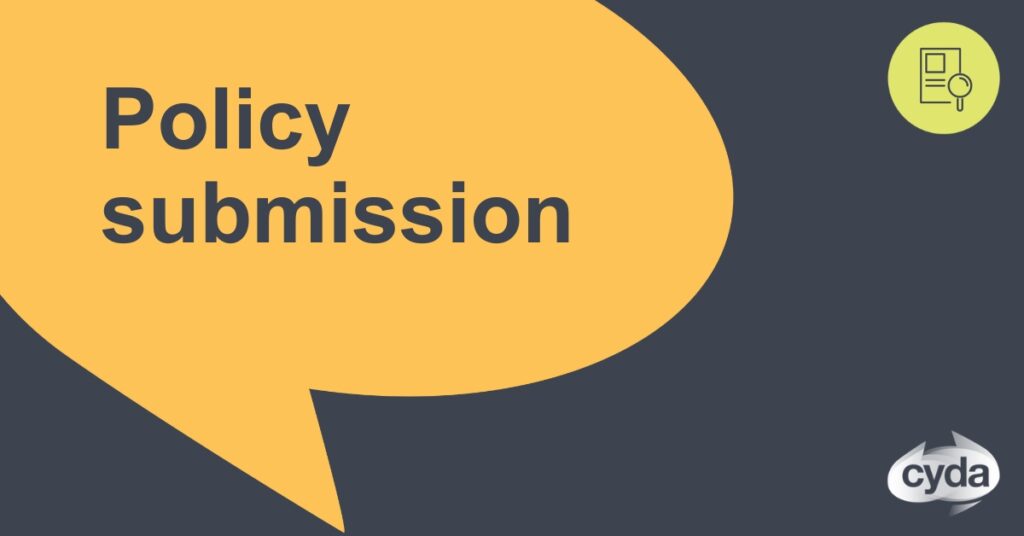Employment is a fundamental and defining aspect of life in Australia. Children are often asked what they want to be when they ‘grow up’; education is focused extensively on preparing students for work; and as adults our profession has a major role in defining self-image and the way someone is viewed by society. Employment, and the social and economic benefits it brings, permeate almost every aspect of Australian culture.
It is critical that any employment initiatives undertaken by government, or others, critically consider the systemic disadvantage which currently confronts children and young people with disability in Australia in all areas of life.
Download the full submission using the buttons above.


